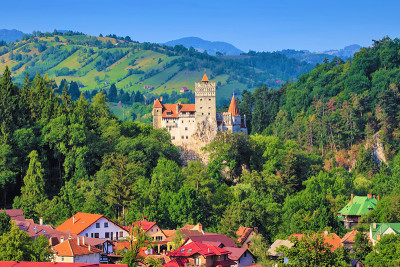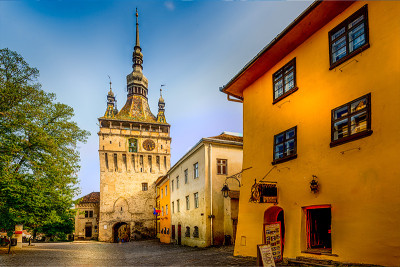One of the most exciting things about traveling to a new country is getting a taste for their language and culture. Other than monuments or landscapes, every country offers a unique experience that you can take part in and learn from. And what is one of the best ways to take part in this new cultural environment?
Why, through the food of course! Whether this is your first time traveling to Romanian or your tenth, there are probably plenty of Romanian foods that you have yet to experience! What also makes trying local foods a fun experience is that doing this can help take you off the beaten path, meaning you will not just be eating at the tourist attractions – you can eat with the locals.
Savory Foods
Sarmale (Cabbage Rolls)
Sarmale are made out of minced meat mixed with herbs, spices, rice and onions. They are wrapped in cabbage leaves and left to boil for several hours in a sauce made out of sauerkraut and tomato juice. In some regions, the meat mixture is wrapped with grape leaves.
To make these vegan or vegetarian, sometimes people will make them out of ground nuts and carrots instead of meat. These are made for traditional Romanian weddings and around the holidays (Christmas and New Year’s) and they are the ultimate comfort food!
Mămăligă (Polenta)
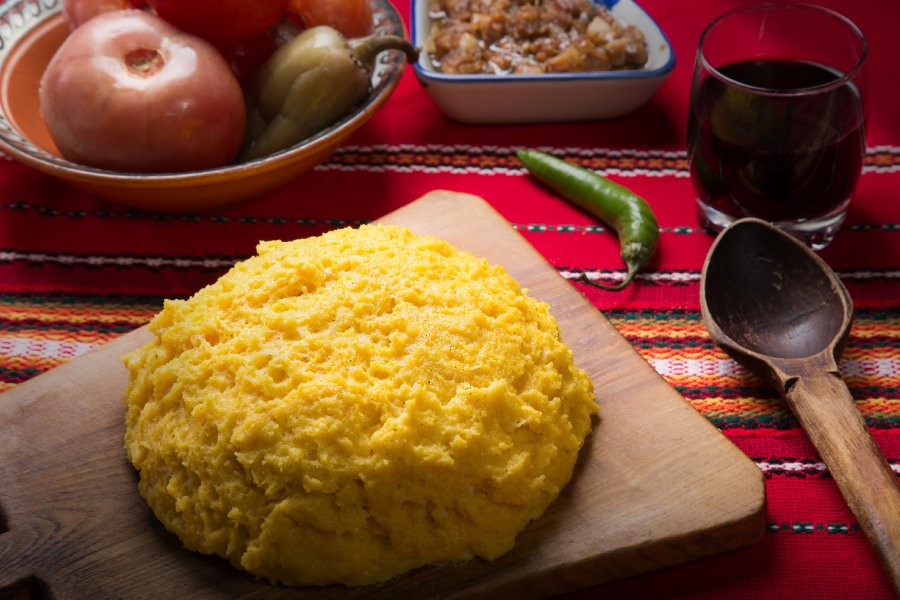
This is basically polenta, made out of corn flour, water, salt, and a little bit of sunflower oil. Sometimes this is mixed with sheep cheese and is called “bulz.” It is also often served with Sarmale (see above).
Mici (Grilled Sausages)
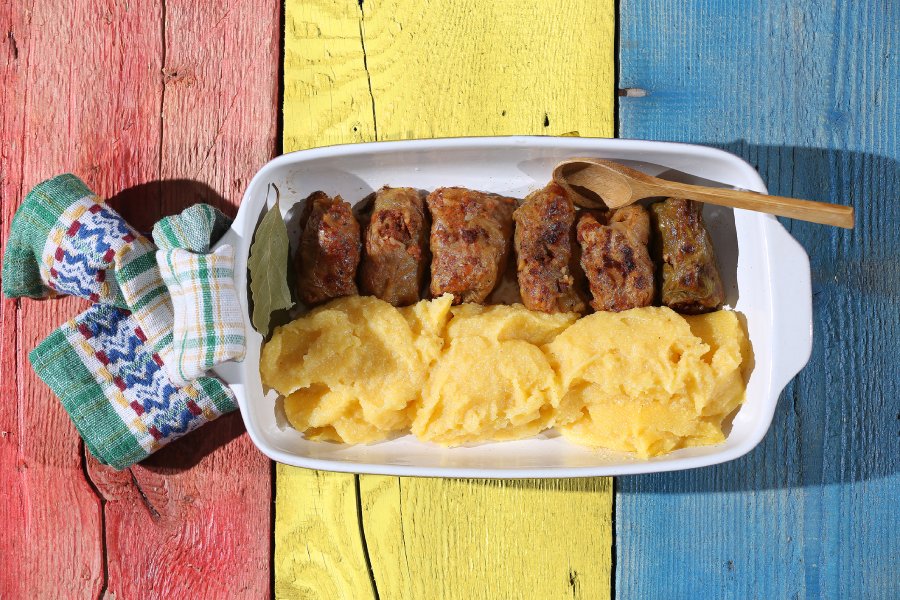
Mici literally means “small ones” because they used to be the size of a finger. Now, they are sometimes served a little bigger. They are often made out of minced beef or pork, then mixed with garlic and spices. They are crispy on the outside and juicy on the inside, and are often eaten with mustard and bread. You can often buy these from street vendors.
Ciorbă De Burtă (Beef Tripe Soup)
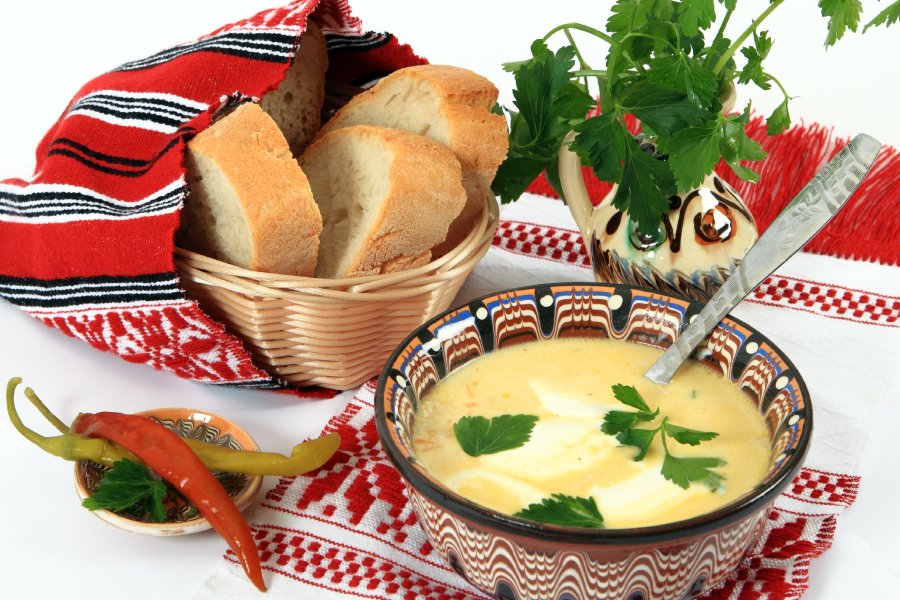
This is a very popular soup in Romania, made out of beef tripe. If you are not familiar, beef tripe is beef stomach. It is soft in texture and is considered a delicacy. Other than the tripe, this soup is made with vegetables, beef bones, plenty of garlic, and vinegar. You can spice it up with chili peppers too. This soup is also known for being the ultimate hangover cure, which is of course good to keep in mind in case the need arises while you are in the country!
Drob De Miel
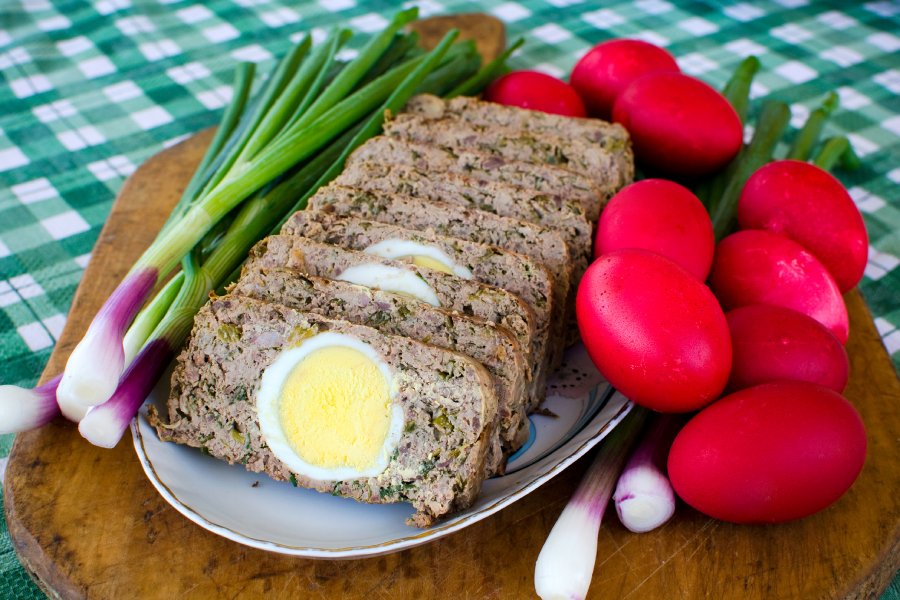
This dish is basically a lamb meatloaf. It is made out of minced lamb offal (lamb organs), green onions, bread soaked in milk, dill, parsley, and garlic. All of these ingredients are mixed together and baked in a loaf pan. In the middle of this loaf, however, are also whole boiled eggs. This dish is served cold, often around Eastertime.
Drinks
Romanian Wine
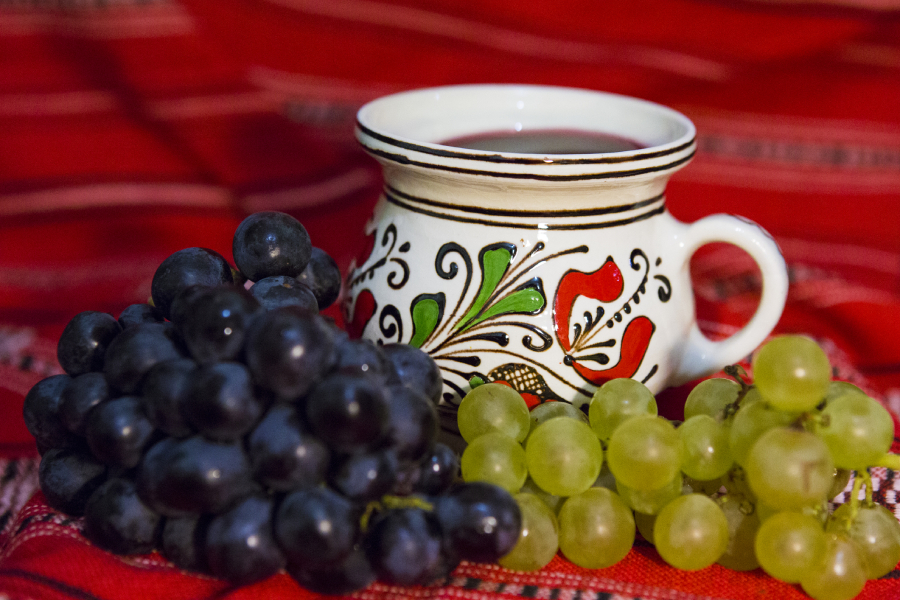
Though Romanian wine is not well known outside the country, Romania is actually one of the largest wine producers in the world. Among European countries, it is the fifth-largest producer, behind Italy, France, Spain and Germany.
Romania has some of their own grape varieties, but they also cultivate some of the more popular varieties, such as Sauvignon, Muscat, Merlot and Pinot Noir. Romania’s wine-making traditions date over 6,000 years back. During your trip, check out a wine shop and ask the vendor for their recommendations!
Țuică (Plum Brandy)
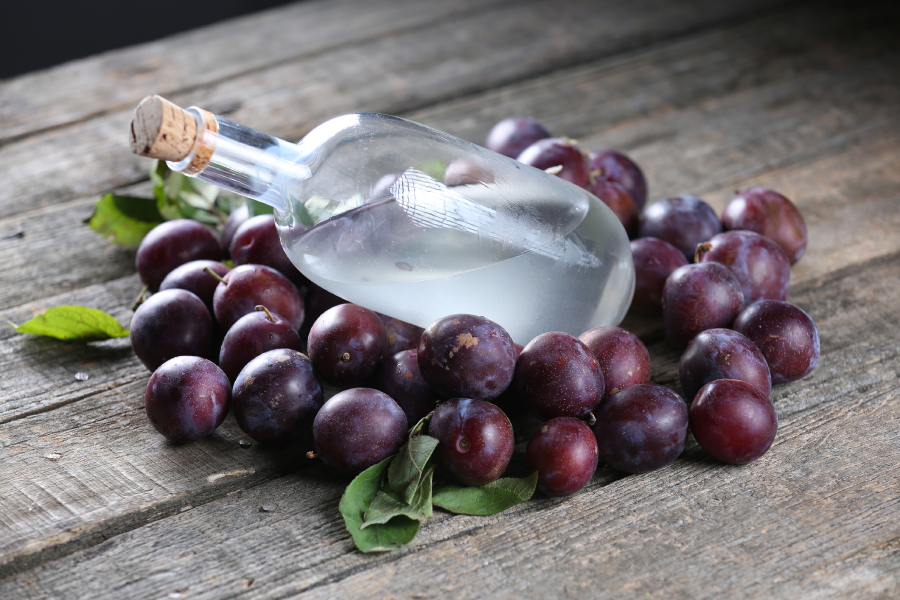
This is a plum brandy spirit that is similar to the Hungarian palinka or Bulgarian rakia. It is often served for guests to welcome their arrival, and poured into traditional ceramic Țuică cups. This is a fun drink to try in Romania because of the ceremonial aspect; you don’t just drink Țuică, but you experience it.
Afinata, Visinata, Zmeurata (Blueberry Liquor, Sour Cherry Liquor, And Raspberry Liquor)
These liquors are a little harder to find than Țuică or Romanian wine. These liquors are often made in small quantities and are often homemade too. If you visit Romania during Christmastime, you can often find this liquor sold then! It is made by pouring sugar over berries and waiting for them to ferment. After that, Țuică is poured over it. This drink it made according to taste, depending on how sweet and how strong the maker wants them to be.
Desserts
Papanasi
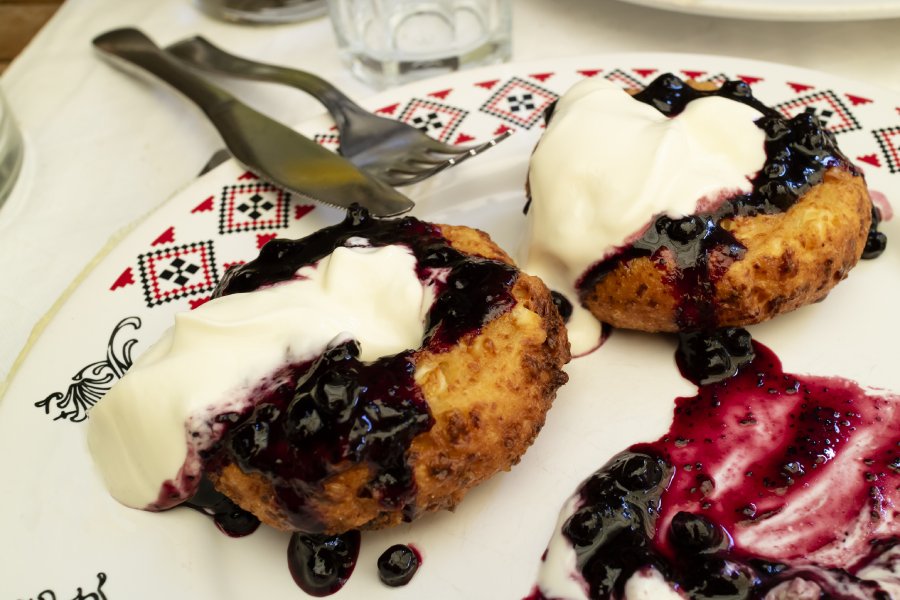
This is a Moldavian classic: it is fried dough in the shape of a donut (though it tends to be lighter than an American donut). It is topped with fruity jam and a light sour cream (again, the sour cream is not quite like American sour cream – it is lighter and tastes more similar to yogurt). Restaurants serve this all over the country and it is absolutely delicious!
Kürtőskalács
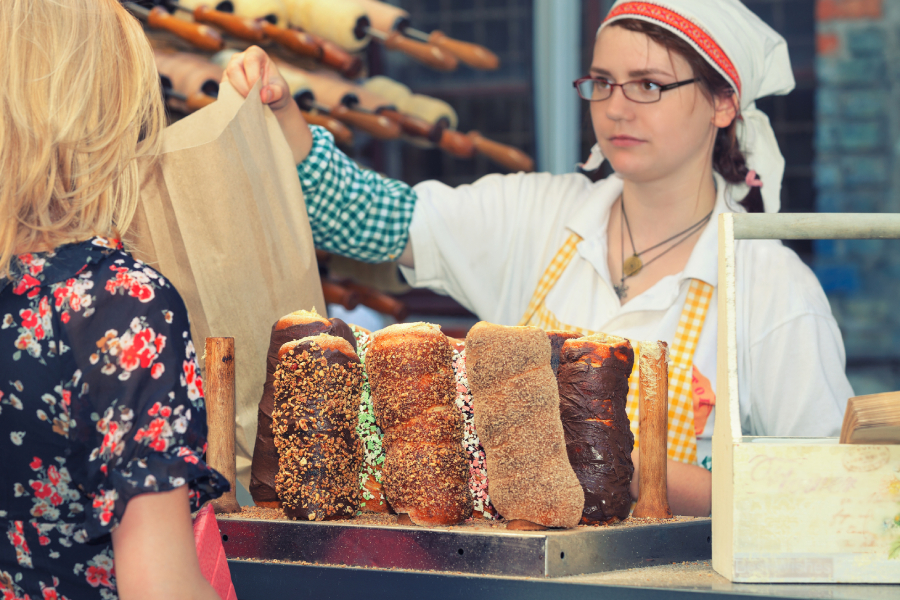
This dessert originated in Transylvania. You might have heard of these referred to as “chimney cakes.” They are tall, hollow treats made out of sweet dough. Rolls of dough are wrapped around a cone-shaped spit and then rolled in sugar. They are roasted over charcoal and lightly covered in melted butter. They become crispy and shiny on the outside, and soft on the inside. They are often served with ground walnuts or ground cinnamon (or both!).
Mucenici
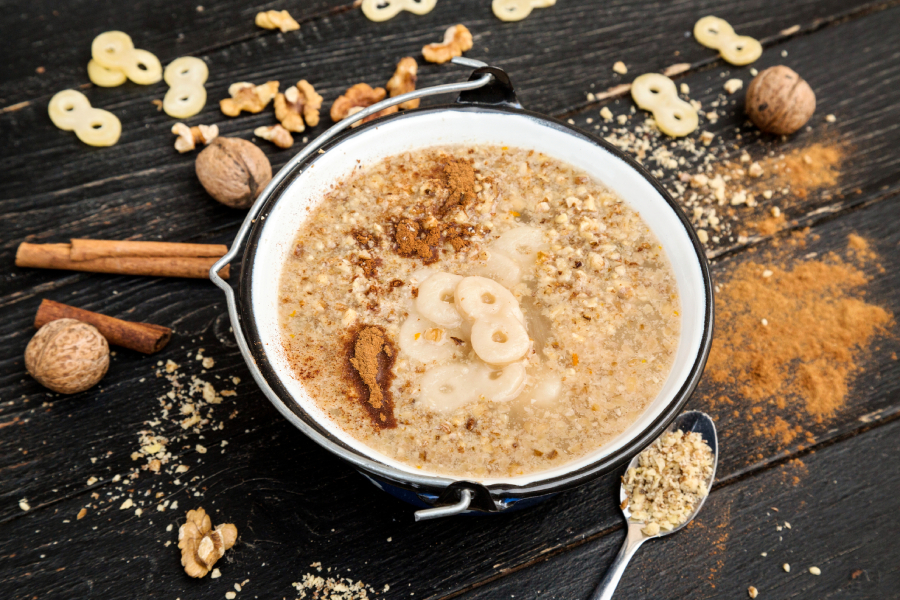
This is a light dessert made out of dough that is shaped into the number eight. The pieces of dough are either baked into a bread or boiled with a sweet syrup. It is prepared with walnuts and is light enough to be eaten for breakfast. This dessert is not just a Romanian specialty, but it also has a special significance to it.
It is prepared every March 9th, in commemoration of the Forty Martyrs of Sebaste. This is a Christian holiday, remembering the 40 Roman soldiers who died in 320 by Licinius, who was Roman emperor from 308-324 A.D. He killed these 40 Roman soldiers because they refused to give up their Christian faith. Mucenici is in the shape of an eight because it is believed that the soldiers were in prison for eight days.
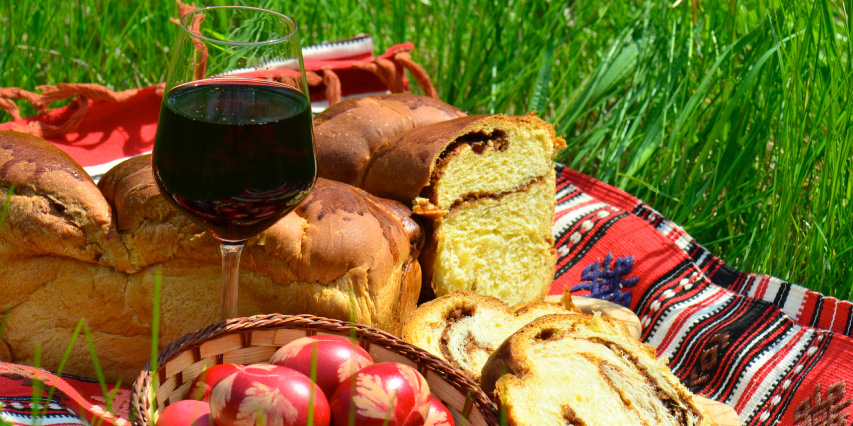
 ES
ES
 IT
IT
 DE
DE
 FR
FR
